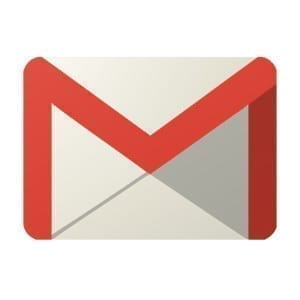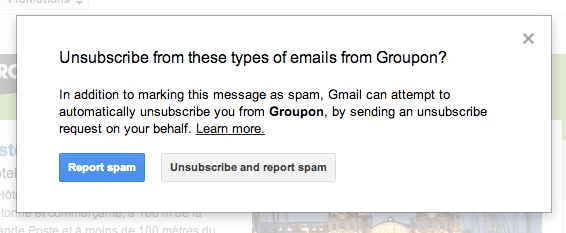
Last week was the 30th conference of the MAAWG (an association that federates the fight against spam, among other things) in San Francisco. This conference was the occasion of a important announcement from Google. The giant of Mountain View has indeed announced the availability of its feedback loop.
For once, it is Gmail that joins the other big American webmails. They have indeed been offering a Feedback Loop for several years. But as usual, Gmail does not do things like its competitors.
The Gmail Feedback Loop in practice
 Open only to MAAWG member routers for now, this new feedback loop does not identify the complainant. A bit like what SignalSpam has set up with SFR and Orange in France, the objective here is to offer an additional tool to routers in order to detect senders generating numerous complaints. In practice, the router will be able to receive a CSV file containing three columns: the date, an identifier (which will be provided by the router in the header of the email to identify the sender) and a complaint rate (source: Wordtothewise).
Open only to MAAWG member routers for now, this new feedback loop does not identify the complainant. A bit like what SignalSpam has set up with SFR and Orange in France, the objective here is to offer an additional tool to routers in order to detect senders generating numerous complaints. In practice, the router will be able to receive a CSV file containing three columns: the date, an identifier (which will be provided by the router in the header of the email to identify the sender) and a complaint rate (source: Wordtothewise).
The other new feature: the unsubscribe button
There was already an unsubscribe button based on the List-Unsubscribe function present in the header of some emails. But this button was not easy to find as you had to click on a small arrow to discover it.
Need help?
Reading content isn't everything. The best way is to talk to us.
This time, Gmail sees things in a big way and clearly puts this part forward at the expense of the unsubscribe link present in the email. The button will now be located next to the sender's name. For the user, this is very good news as it saves time. And for the advertiser, it's also good news. Simplifying the unsubscribe process will result in fewer spam complaints, which has an extremely positive effect.

Remember that Gmail's List-Unsubscribe is based on an email address to which a message will be automatically sent when a user clicks on the unsubscribe button. Moreover, if Gmail's feedback loop does not identify the complainant, let's recall that by configuring the List-Unsubscribe, the author of the complaint will see this screen displayed:

By clicking the "Unsubscribe and report spam" button, the subscriber not only generates a spam complaint, but also sends an unsubscribe request to the advertiser via List-Unsubscribe.